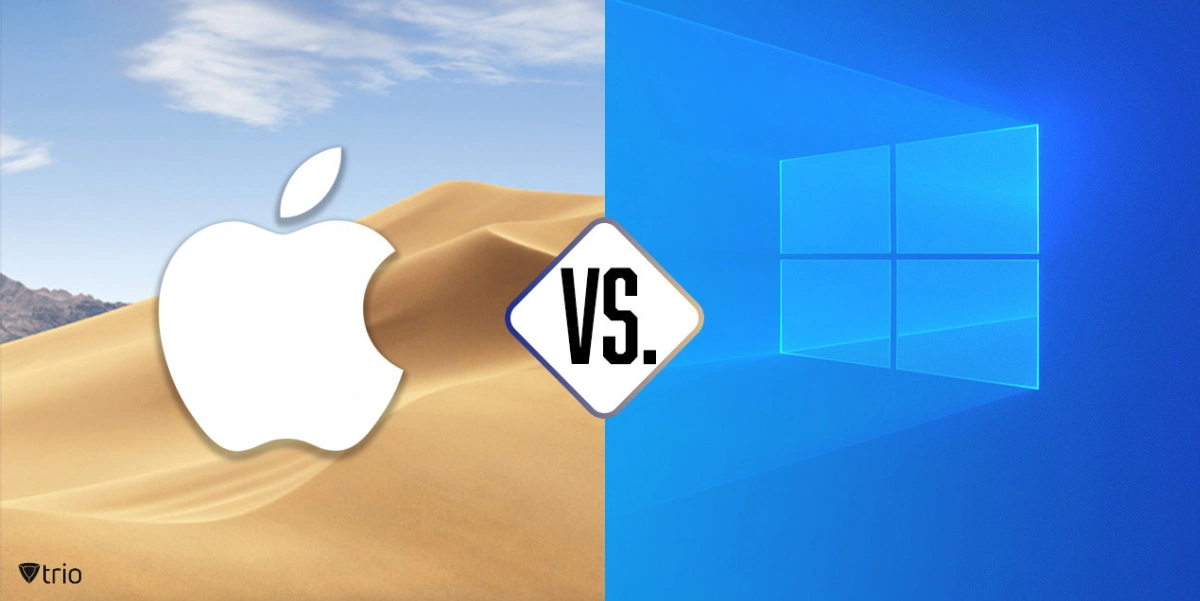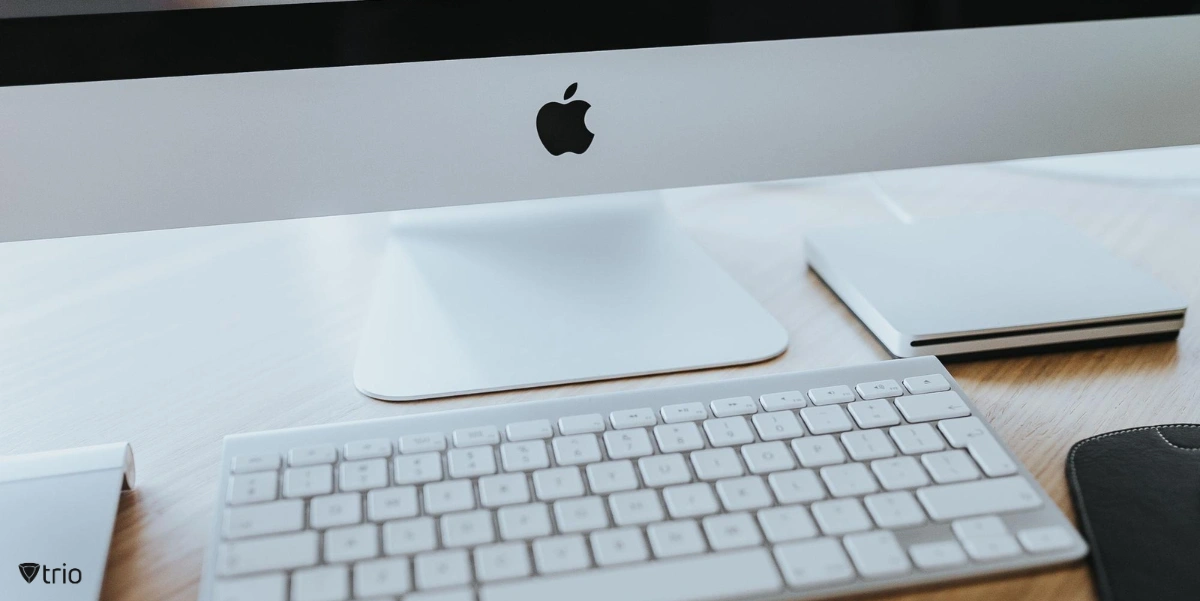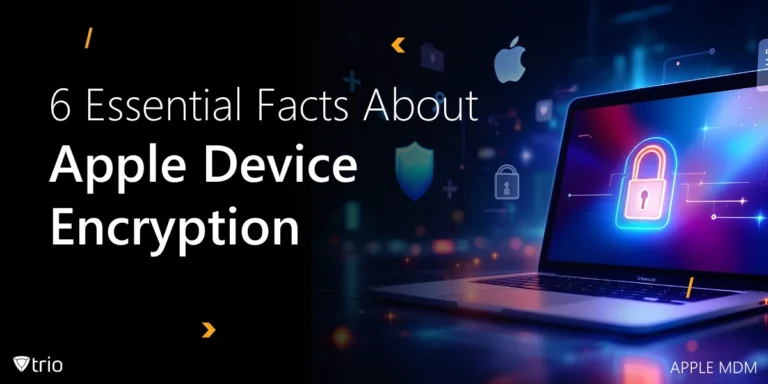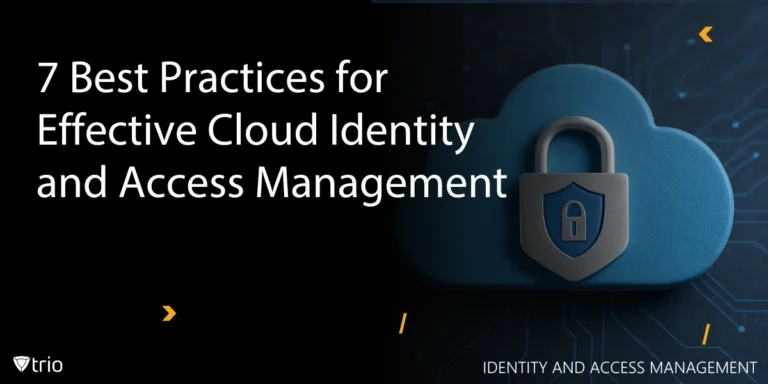The Historical Perception of Mac Security
The perception of Macs being intrinsically safer than PCs has been around for quite some time. It's a belief rooted in the history of both platforms and the evolution of cybersecurity threats. Historically, Macs have enjoyed a lower market share compared to Windows PCs, making them less attractive targets for cybercriminals. This phenomenon is often referred to as "security through obscurity," suggesting that Macs are safer simply because they are less common.
However, as we move further into the digital age, the cybersecurity landscape is changing rapidly. Macs are no longer the niche products they once were, and their increasing popularity has made them more appealing targets for cyber threats. Today, both Mac and PC users face a diverse range of security challenges, from malware attacks to data breaches.
The Role of Market Share in Cybersecurity
Comparing Security Features: MacOS vs. Windows
Regarding built-in security features, both macOS and Windows have robust protections in place. Both systems have integrated firewalls, file permissions, user account controls, and sandboxing of applications.

MacOS Security Features
Apple's macOS boasts several security measures designed to protect users from cyber threats. Gatekeeper, for example, is a security feature that verifies downloaded applications before allowing them to run. This prevents malware from running on a Mac without the user's knowledge.
Moreover, Apple's XProtect feature helps to automatically block known malicious software, providing another layer of defense.
Windows Security Features
Windows also offers a suite of built-in security tools designed to keep users safe. The Windows Defender Antivirus provides real-time protection against software threats like viruses, malware, and spyware across email, apps, the cloud, and the web.
Windows also includes a built-in firewall to help protect your computer against network attacks. User Account Control (UAC) helps prevent potentially harmful programs from making changes to your computer.
Evaluating Known Vulnerabilities
No system is impervious to security vulnerabilities, and both Mac and PC systems have had their fair share of known issues. For instance, the Flashback Trojan affected over 600,000 Macs at its peak, exploiting a security flaw in Java.
On the other hand, Windows has also had significant vulnerabilities, such as the infamous WannaCry ransomware attack, which took advantage of a vulnerability in Microsoft's Server Message Block protocol.
The severity and impact of these vulnerabilities vary, but they underscore the importance of regular system updates and the use of robust security software.
The Role of User Behavior in System Security
One critical aspect of system security that often gets overlooked is user behavior. Regardless of the system, a user who clicks on malicious links, downloads unverified software, or ignores system updates can put any system at risk.
Social engineering attacks, in particular, pose a significant threat to all users, regardless of their operating system. These attacks trick users into revealing sensitive information or performing specific actions, often leading to security breaches.
Analyzing Security Update Practices
Both Apple and Microsoft have robust security update practices in place. However, the frequency and adoption rates of these updates can significantly impact system security.
Apple typically releases major updates to macOS annually, with smaller security updates throughout the year. These updates often include patches for known vulnerabilities, making them crucial for maintaining system security.
Microsoft, on the other hand, follows a more frequent update schedule. The company releases security updates on the second Tuesday of every month, known as "Patch Tuesday." These updates regularly include security fixes and improvements, making them critical for maintaining system security.
Assessing Third-Party Application Security
Third-party applications can often introduce security vulnerabilities into a system. Here, too, both Mac and PC systems have their strengths and weaknesses.
Apple's Mac App Store has a strict review process for all submitted apps, which includes a thorough review of the app's security. This process helps protect users from downloading malicious software.
On the other hand, while there is a Microsoft Store for Windows apps, many Windows users download applications directly from the internet, which can pose additional security risks.

Mac Admin Tips: How Enterprises Manage Macs and PCs
In an enterprise setting, managing and securing a fleet of Macs and PCs can be a challenging task. IT administrators often use tools like Mobile Device Management (MDM) and Group Policy to enforce security policies and manage devices.
Introducing Trio MDM Solution
For IT administrators and companies looking to enhance their device security, the Trio MDM solution offers a comprehensive platform for managing and securing mobile devices. Trio allows administrators to enforce security policies, manage device configurations, and monitor device status, ensuring a secure mobile environment.
To witness firsthand the positive impact that such a system can have on your operation, you're invited to try out Trio’s free demo and see how you can make a difference in MDM at your organization.
Mac Admin Myths: Conclusion
Get Ahead of the Curve
Every organization today needs a solution to automate time-consuming tasks and strengthen security.
Without the right tools, manual processes drain resources and leave gaps in protection. Trio MDM is designed to solve this problem, automating key tasks, boosting security, and ensuring compliance with ease.
Don't let inefficiencies hold you back. Learn how Trio MDM can revolutionize your IT operations or request a free trial today!





